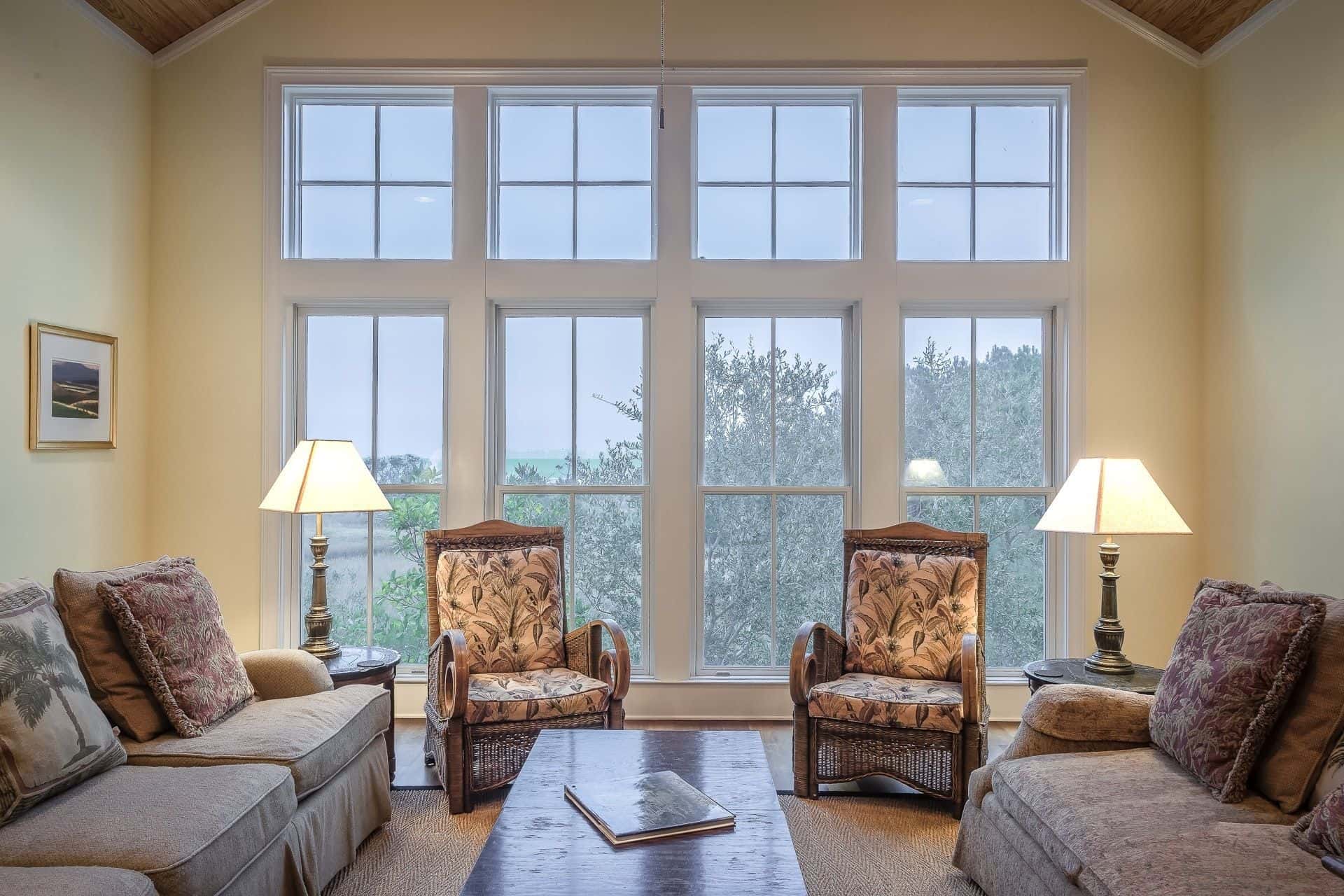Nursing Home Failures Led to Untreated Infections and Death
An elderly female nursing home resident is the subject of this case. Aside from atrial fibrillation, she also suffered from ischemic heart disease, peripheral artery disease, and heart failure. Over a three-month period, she developed an unstable pressure wound in the left gluteal region, aspiration pneumonia, a urinary tract infection, and gangrene in her foot. She died from osteomyelitis, debridement, and amputations caused by the infection.
Quality of care and pressure wounds.
Pressure ulcers have one of the highest occurrence rates in nursing home settings. Given the aging population, increasingly fragmented care, and nursing shortages, the incidence of pressure ulcers is expected to continue to rise. There has been a long-standing belief among nursing experts that bedsores are associated with poor, or no nursing care, not with the disease and many clinicians believe that pressure ulcer development is a breakdown in the healthcare team's cooperation and skill.
Pressure sores of stage IV occur when deep soft tissue, bone material, muscles, and tendons are exposed to infecting organisms and are caused by factors such as friction, pressure, and shear that cut off blood supply to the skin. Without proper treatment, this loss of blood flow can cause skin death and wound formation. The pressure ulcers can eventually spread to the bones if left untreated. This type of pressure ulcer is associated with major infectious complications including soft tissue infection and osteomyelitis (acute bone infection).
Aspiration pneumonia in nursing home care is generally caused due to difficulties in chewing or swallowing. The primary cause of the disease is a failure to perform feeding assessments, or failure to follow doctors' prescribed feeding orders.
Urinary tract infections are extremely common in the elderly, and untreated infections can lead to sepsis and death. The prevalence of UTI makes competent nursing homes vigilant in watching for signs and symptoms.
In this case, the resident's sores, pneumonia, and infections were at advanced stages. This indicated a lack of care in the care of this patient that was below the standard of care for any healthcare facility. This led to the patient’s early demise.
Question(s) For Expert Witness
In determining standard of care and causation, an expert in wound care and geriatrics is required.
- What is the frequency of patient evaluation and treatment of multiple conditions, such as UTI, aspiration pneumonia, and/or pressure-related skin breakdown, in a nursing home setting?
- What is the impact of an untreated pressure ulcer on an adverse patient outcome. In nursing homes, what protocols are commonly used to evaluate skin breakdown patients?
- How can nursing homes mitigate aspiration pneumonia?
Expert Witness Response
 In my current position as a medical director of a nursing home and a nursing home physician, I see patients regularly in a nursing home setting. I frequently see patients with the comorbidities described in this case. If a pressure ulcer is not treated soon enough, it can cause sepsis and potentially even death. Common protocols used for patients in a nursing home with skin breakdown are turning or repositioning them and providing them with a comfortable mattress. It is also common to pay attention to the patient's nutrition as someone with a skin breakdown needs more protein to heal. Common ways to mitigate aspiration pneumonia include putting the patient on a diet of soft or pureed food and ensuring they are upright while eating. Sometimes, a speech therapy consultant is brought in to see if they can in any way help the patient.
In my current position as a medical director of a nursing home and a nursing home physician, I see patients regularly in a nursing home setting. I frequently see patients with the comorbidities described in this case. If a pressure ulcer is not treated soon enough, it can cause sepsis and potentially even death. Common protocols used for patients in a nursing home with skin breakdown are turning or repositioning them and providing them with a comfortable mattress. It is also common to pay attention to the patient's nutrition as someone with a skin breakdown needs more protein to heal. Common ways to mitigate aspiration pneumonia include putting the patient on a diet of soft or pureed food and ensuring they are upright while eating. Sometimes, a speech therapy consultant is brought in to see if they can in any way help the patient.
About the author
Erin O'Brien
Erin O'Brien is a senior medico-legal writer and editor, with 25 years of experience authoring healthcare deliverables. Previously, Erin authored an award-winning column in the health and wellness sector, guest hosted a wellness radio show, and received an FMA Charlie Award for Excellence in Writing.
Erin has reviewed and completed case studies for thousands of medical malpractice cases, both plaintiff and defense nationwide, and was presented the US Chamber of Commerce Best Small Business Blue Ribbon designation. Erin is an experienced Medical Risk Consultant and device start-up project manager. She has consulted for numerous successful healthcare and bio-tech start-ups. After completing a Bachelor of Science degree at the University Of Wisconsin, Erin pursued an educational background in Healthcare Risk Management at the University of South Florida. Erin crafts her work with attention to detail, readability, healthcare marketing regulations, and medical standard of care.
Find an expert witness near you
What State is your case in?
Subscribe to our newsletter
Join our newsletter to stay up to date on legal news, insights and product updates from Expert Institute.



